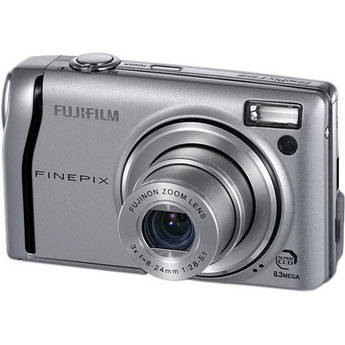I feel like the stubborn mule who has to get its head walloped just to get its attention.
For some reason, when photography went digital, I adopted the belief that what the camera saw was absolute: what the lens saw was recorded digitally and the end product was the finished photo. Post-processing? Please. I held the belief that post-processing, through the use of software like Adobe PhotoShop, was somehow “cheating,” and thus wasn’t “authentic” photography.
Boy, was I wrong. Thanks to some wiser and more experienced digital photographers, I was able to see the error of my ways. The light came on (pun intended) when it was pointed out to me that developing my own black-and-white prints from film was nothing more than post-processing. Why should using computer technology be any different?
As one who has made a career in the computer industry, all of a sudden it seemed like a natural fit. Fortunately, Adobe makes available for 30 days a nifty program called Lightroom. Thanks to the folks at MacUpdate,  I was alerted to a new version of this program and decided to check it out.
I was alerted to a new version of this program and decided to check it out.
Four days into my 30 day trial, I went to Adobe’s site and purchased the product!
And that’s not all. I also learned of a program called easyHDR ![]() that includes a Lightroom plug-in. HDR stands for High Dynamic Range, which is a method of combining two differently exposed shots of the same subject into one, allowing a finer resolution of highlights and shadows. It’s a bit more complex than that, but now all of a sudden I have a quiver of computer tools at my disposal to enhance and correct the shots I take.
that includes a Lightroom plug-in. HDR stands for High Dynamic Range, which is a method of combining two differently exposed shots of the same subject into one, allowing a finer resolution of highlights and shadows. It’s a bit more complex than that, but now all of a sudden I have a quiver of computer tools at my disposal to enhance and correct the shots I take.
I have been going through photos I’ve taken over the past few years, and with just some minor tweaks, have turned some “good” shots into pictures that “pop!” I may not be ready to enter any photo contests, but I’m finding out there’s a lot more to digital photography than just taking the picture!




